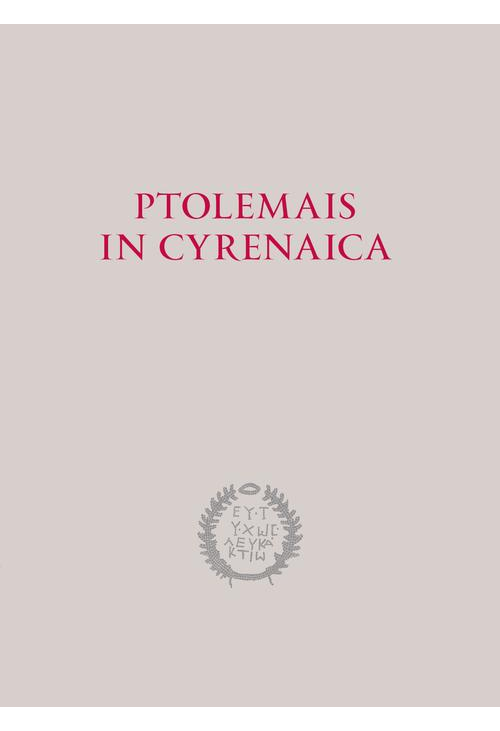
- -14%
ebook Ptolemais in Cyrenaica Results on Non-Invasive Surveys
Odkryj fascynującą podróż w głąb historii starożytnego miasta Ptolemais w libijskiej Cyrenajce dzięki książce "Ptolemais in Cyrenaica". Ta wyjątkowa publikacja wydana przez Wydawnictwa Uniwersytetu Warszawskiego w 2015 roku przedstawia wyniki nieinwazyjnych badań wykopaliskowych przeprowadzonych z pomocą Narodowego Centrum Nauki.
Autorzy, korzystając z zaawansowanych metod geofizycznych i fotogrametrycznych, dokonali odkryć, które rzuciły nowe światło na historię tego ważnego ośrodka kulturowego. Dzięki badaniom przeprowadzonym na obszarze ponad 150 hektarów udało się sporządzić dokumentację fotogrametryczną, fotografię lotniczą oraz obrazy satelitarne, które pomogły w lepszym zrozumieniu roli Afryki Północnej na tle innych starożytnych cywilizacji.
"Ptolemais in Cyrenaica" to nie tylko książka naukowa, ale także fascynująca podróż w czasie, która przybliży Cię do bogatej historii starożytnego świata. Dostępna jest zarówno w formie tradycyjnej publikacji drukowanej, jak i elektronicznej – ebooka w formacie PDF. Odwiedź nasz sklep z e-bookami już dziś i pobierz swoje wydanie elektroniczne tej niezwykłej książki!
Spis treści ebooka Ptolemais in Cyrenaica
Krzysztof MisiewiczTechnical and methodological aspects of non-invasive surveys in Ptolemais 1
Miron Bogacki
Technical aspects of the process of the documentation of the aerial survey of Ptolemais, Cyrenaica 13
Jerzy Żelazowski Krzysztof Misiewicz
History and topography of Ptolemais in Cyrenaica 29
ANNEX
Jerzy Żelazowski
Procopius of Caesarea and Justinian’s Ptolemais 86
Krzysztof Misiewicz Monika Rekowska
Topography of Ptolemais. The results of non-invasive surveys in confrontation with travelers\' accounts 91
Kazimierz Lewartowski Krzysztof Misiewicz
Searching for an ancient port of Ptolemais 147
Julia Mikocka Krzysztof Misiewicz
Domestic architecture in Ptolemais in light of non-invasive surveys 157
Elżbieta Jastrzębowska
Topography of churches and other Late Antique buildings in Ptolemais 221
Abstracts in Polish 245
Szczegóły ebooka Ptolemais in Cyrenaica
- Wydawca:
- Wydawnictwa Uniwersytetu Warszawskiego
- Rok wydania:
- 2015
- Typ publikacji:
- Ebook
- Język:
- angielski
- Format:
- Redakcja:
- Krzysztof Misiewicz
- Liczba stron:
- 262
- Miejsce wydania:
- Warszawa
- ISBN dla wersji papierowej:
- 9788323520948
Recenzje ebooka Ptolemais in Cyrenaica
-
Reviews (0)

Na jakich urządzeniach mogę czytać ebooki?
- -14%




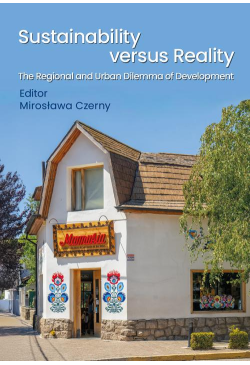
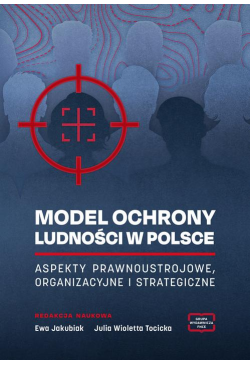
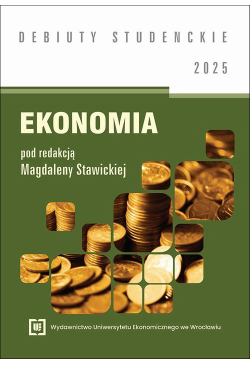
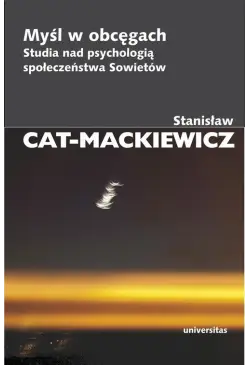

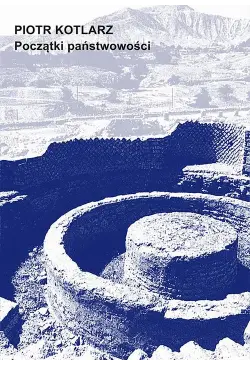
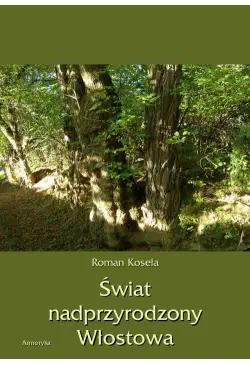
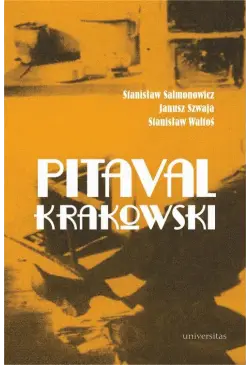
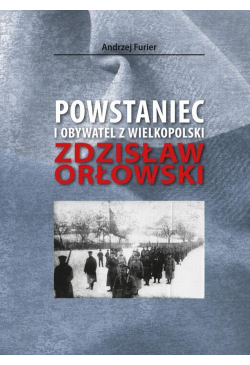
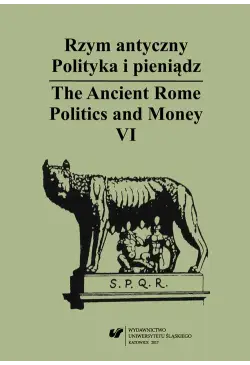
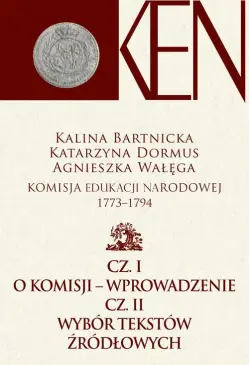
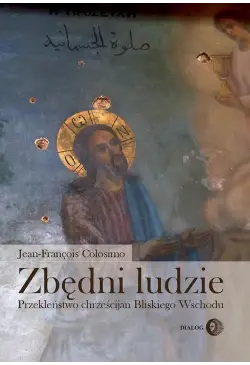


@CUSTOMER_NAME@
@COMMENT_TITLE@
@COMMENT_COMMENT@